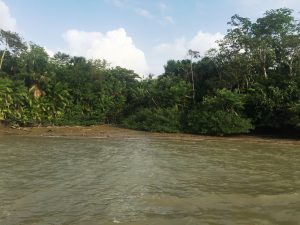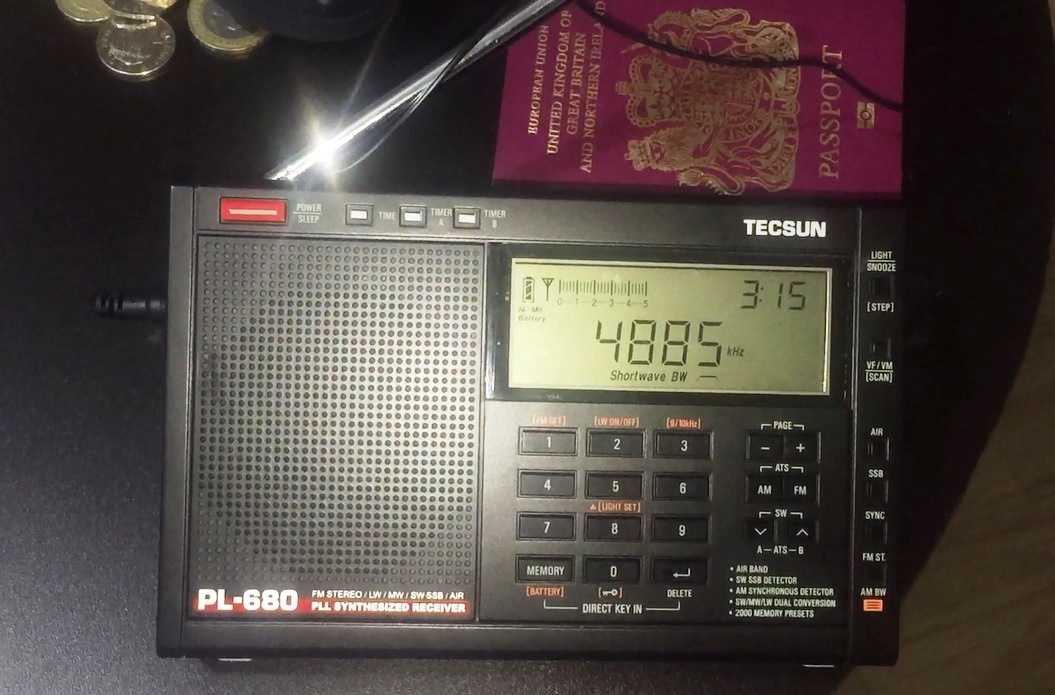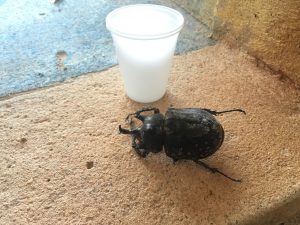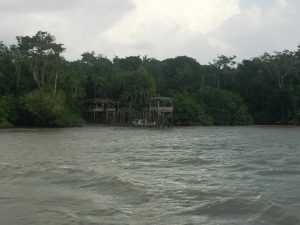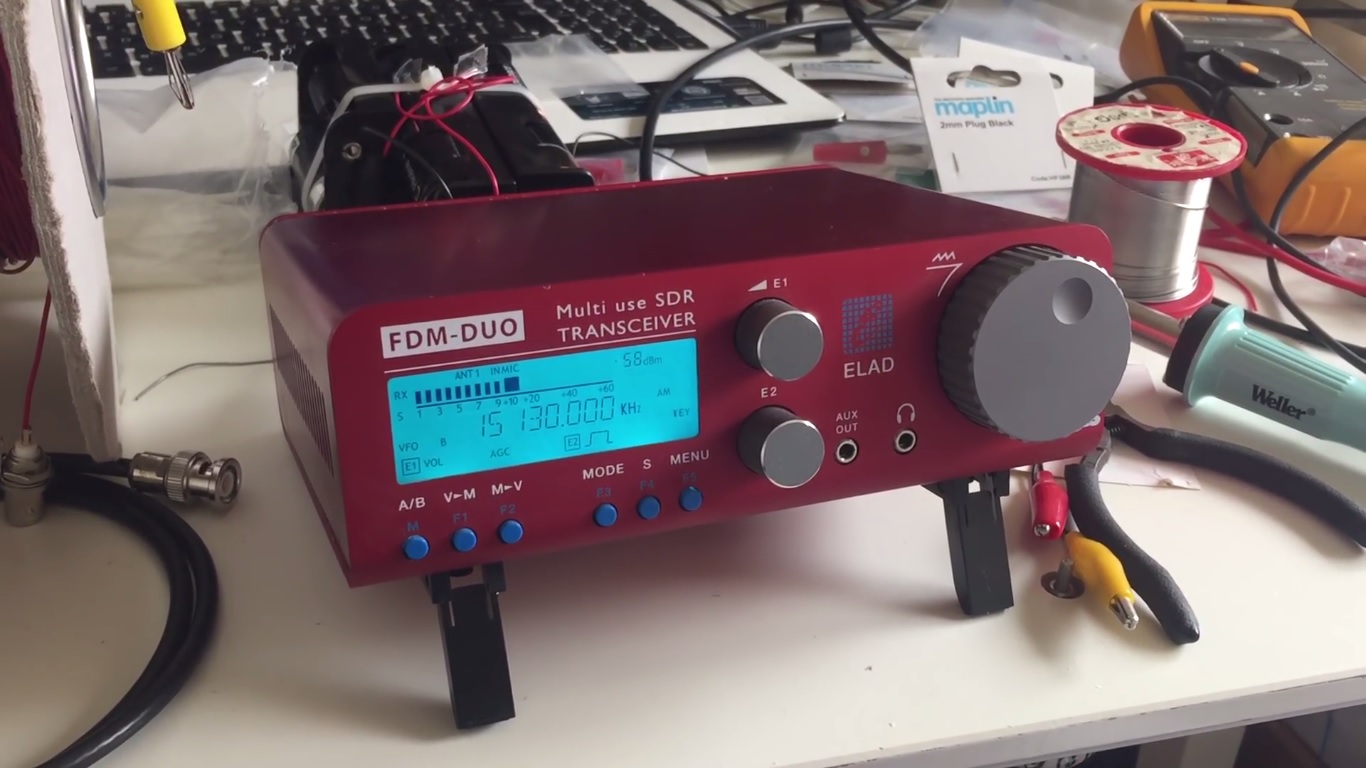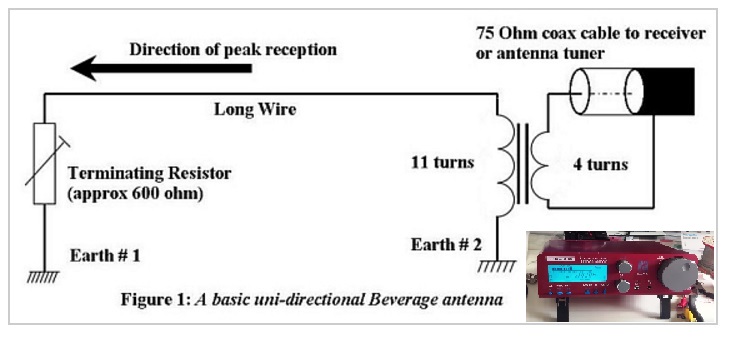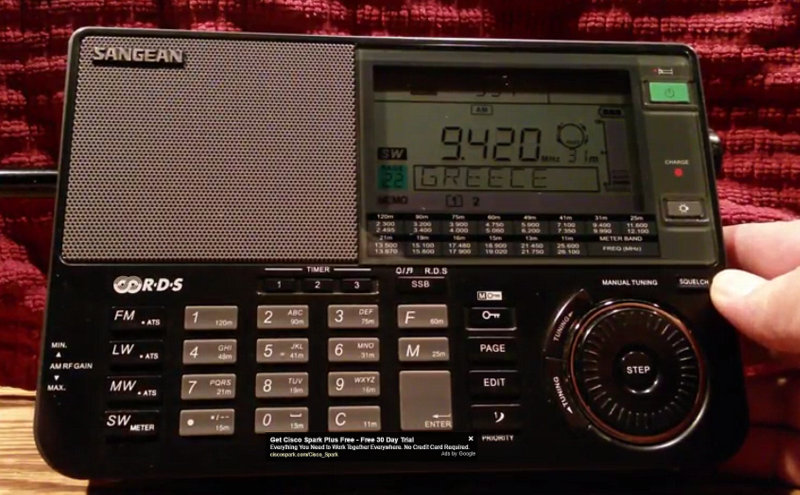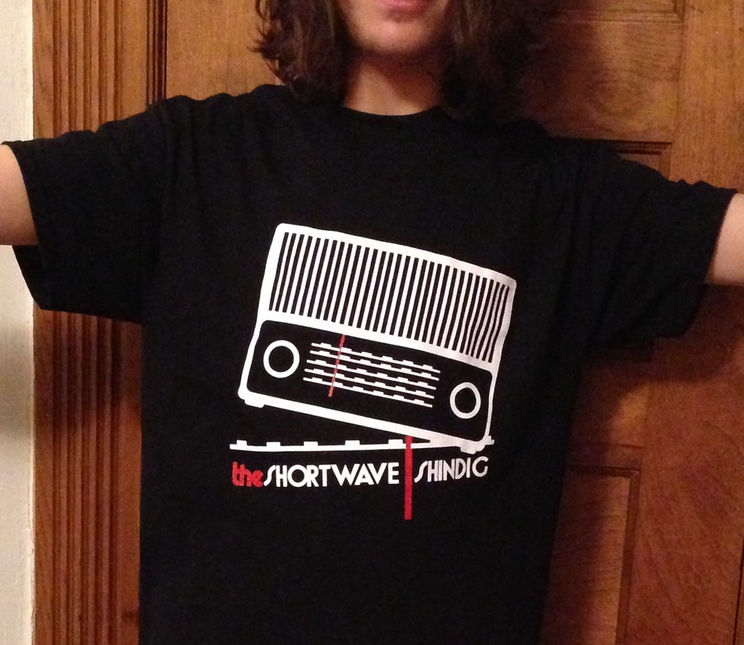Hi there, here is a summary of the first half of tests comparing the Sony ICF-2001D against it’s replacement the ICF-SW77. Both receivers are widely acknowledged as being amongst the best shortwave portables ever made, but how close are they in performance? Is there a clear winner after the first 8 reception tests? I hope you enjoy the summary video. Links to the first half of reception tests follow again, below, whilst the second half will follow in a separate post. Thanks and good DX to all.
- Which is the best? Sony ICF-SW77 or ICF-2001D? Test #1 Radio Mosoj Chaski 3310 kHz, Bolivia
- Which is the best? Sony ICF-SW77 or ICF-2001D? Test #2 Rádio Educação Rural 4925.2 kHz, Tefé, Brazil
- Which is the best? Sony ICF-SW77 or ICF-2001D? Test #3 : Radio Santa Cruz 6134.8 kHz Bolivia
- Which is the best? Sony ICF-SW77 or ICF-2001D? Test #4: Emisoras Pio XII 5952.5 kHz, Boliva
- Which is the best? Sony ICF-SW77 or ICF-2001D? Test #5: Radio Bandeirantes 9645.4 kHz, Sao Paulo
- Which is the best? Sony ICF-SW77 or ICF-2001D? Test #6: Radio Verdad 4054.8 kHz, Guatemala
- Which is the best? Sony ICF-SW77 or ICF-2001D? Test #7: HCJB Quito 6049.9 kHz, Ecuador
- Which is the best? Sony ICF-SW77 or ICF-2001D? Test #8: Radio Aparecida 6135.2 kHz, Brazil
Clint Gouveia is the author of this post and a regular contributor to the SWLing Post. Clint actively publishes videos of his shortwave radio excursions on his YouTube channel: Oxford Shortwave Log. Clint is based in Oxfordshire, England.

